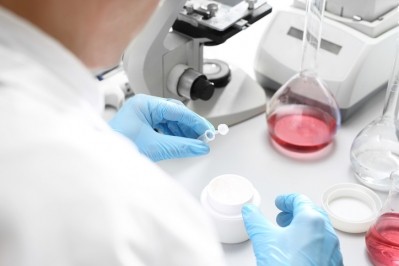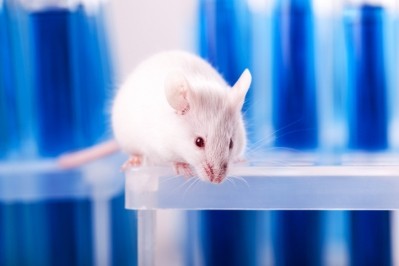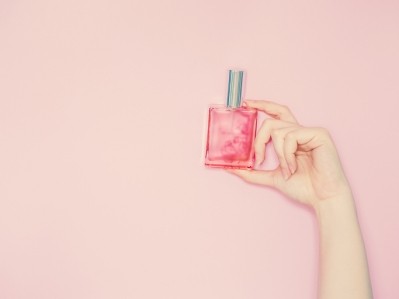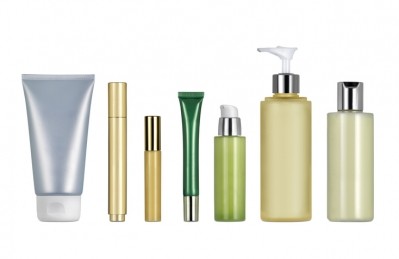Beyond animal testing: Next-gen safety assessments to be standard within 10 years, predicts expert
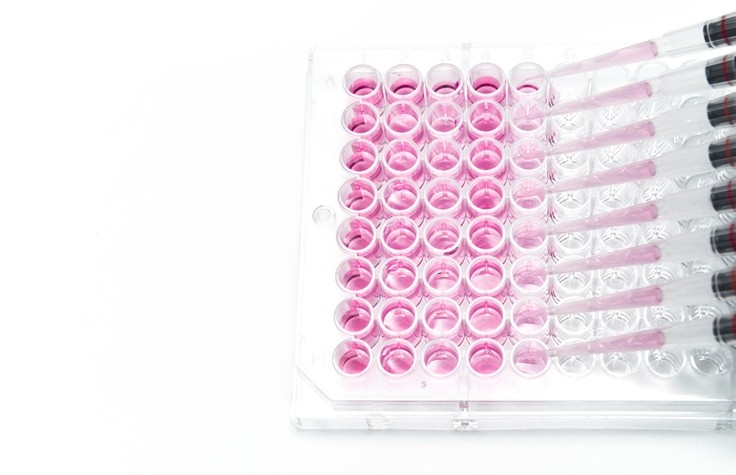
In 2013, all European countries banned production and marketing of cosmetics and ingredients testing on animals, following an initial ban on testing for finished products in 2004 and ingredients in 2009. Since then, the scientific world has been sharply focused on developing new methods and strategies to use as alternatives – next- or new-generation methods.
“New generation risk assessment is basically risk assessment on the basis of data which are not derived from animal studies,” said Rob Taalman, science and research director of Cosmetics Europe at the Cosmetic Consultants Europe (CCE) 2019 Open Academy in Cyprus earlier this month. Addressing attendees, Taalman said the need for alternative methods was obvious in Europe but would also become increasingly important on a global level, as animal testing bans proliferated worldwide.
Next-generation cosmetics testing – starting with science, then case studies
Earlier this year, an international Working Group made up of regulators and industry from the European Union, Brazil, Canada, Japan and the United States published a report outlining nine key principles for next-generation assessment of cosmetics. The Working Group also provided additional guidance to safety assessors through a second report, providing examples of these novel methods and outlining strengths, limitations and how they could be used in the cosmetic safety evaluation process.The Working Group formed part of the International Cooperation on Cosmetics Regulation (ICCR) - a voluntary international group of cosmetics regulatory authorities meeting annually to discuss common issues on cosmetics safety and regulation.
Taalman, as a member of this Working Group, said the report marked an important step towards building on existing knowledge around next-generation safety assessments, applying current knowledge directly to cosmetics. The next step would now be conducting case studies to prove these principles, he said.
“The key activity at the moment for us is case studies; case studies that show these approaches work. And not just having one or two examples, but as many examples as possible for different types of chemistries, different types of toxicity and different types of applicability domains.”
“…These case studies are really important in the whole dialogue of accepting new generation risk assessment,” he said, as well as creating confidence in next-generation methods.
“Quite rightfully, at some point in time you have to step down from your scientific agenda and make it applicable to day-to-day practice of safety assessment companies. If you get the green light scientifically, the next step is to make sure it’s applicable.”
Taalman said the goal was to conduct 50 case studies and publish the results within the next five years.
“Within five years, I hope we’ll have these types of methodologies embedded in the industry, so there’s a wide use of these methods within industry. And then five years from then, hopefully we can get the regulatory community – and not only the regulators but the regulatory bodies like SCSS [Scientific Committee on Consumer Safety] – to accept these methods and make it part of their normal way of doing safety assessment.”
Future uptake? Skin allergy methods to advance fastest
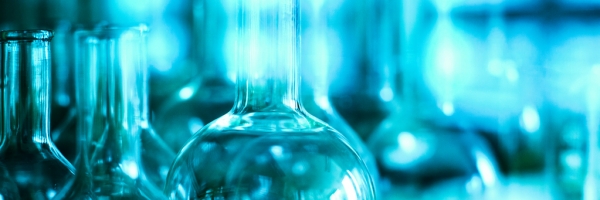
The scientific world had been working on animal testing alternatives for more than 20 years, Taalman said, starting with ‘replacement methods’ that were singular; focused on issues like skin irritation, eye irritation and skin allergy. But he said it had become quickly apparent investments were also needed in “intelligent, integrated testing strategies”.
For the many end points considered during product safety assessments – from toxicology, developmental effects and now, increasingly, environmental aspects – he said industry needed a “complete set of data to be able to replace the animal study”.
He said whilst there was “still a long way to go” in the understanding, uptake and acceptance of next-generation safety assessment methods, change was on the horizon.
“In the area of skin allergy, there’s going to be more progress, and very quick I think, because that’s an area where we’ve developed the new methods and defined approaches are under discussion at the OECD [Organisation for Economic Co-operation and Development]. So, we’ll see a quick uptake of the new approaches in that area.”
Interestingly, Taalman said results in the skin allergy field had also shown that these new methodologies were actually “performing better” than older testing methods.
“Gradually, we’ll hopefully also build up confidence both in the public, and regulators will help us with that and say: ‘this is the way to go in the future – you, the public, have asked us to do it in a different way, we don’t want to use animals anymore, we’ve found another approach and it’s as robust and powerful as the animal study, or may even be better.”
Alternative methods to test for systemic toxicity – be that liver toxicity and neurological effects to developmental effects – would take “a bit longer”, Taalman said, although cases were also set to be published soon, showing next-generation safety assessment could also be used in these fields.
Next-generation learning from outside the cosmetics world
For industry and scientific professionals working on advancing efforts in next-generation cosmetic testing, Taalman said it was important the latest technological advances were understood, even if these were outside cosmetics.
“Of course, we have our own interests as the cosmetics sector, but wherever it’s needed we will collaborate with those people who are advocates of that type of safety assessment, whether that’s in the US, China or Europe (…) We see there are many, many different centres of expertise we can build on.”
